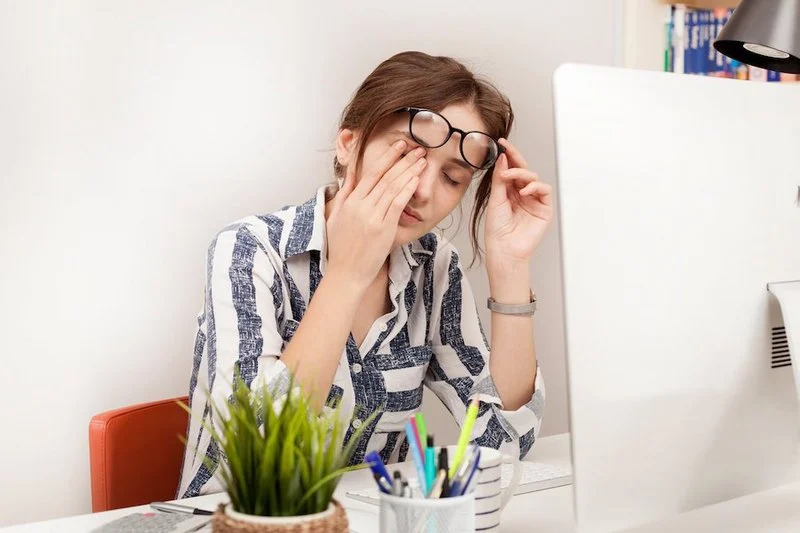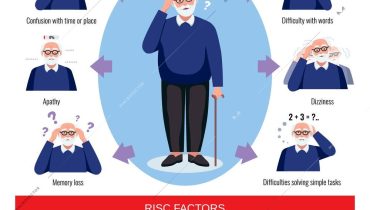In our digital age, eye strain has become a common issue for many people. With the increasing amount of time spent on computers, smartphones, and other digital devices, it’s no wonder that eye discomfort and fatigue are widespread. However, there are effective strategies to prevent eye strain and maintain healthy vision. This article explores practical tips and habits that can help you reduce eye strain and protect your eyes.
Understanding Eye Strain
Eye strain, also known as digital eye strain or computer vision syndrome, occurs when your eyes get tired from intense use, such as staring at digital screens or reading for extended periods. Common symptoms include:
Dry eyes
Blurred vision
Headaches
Neck and shoulder pain
Eye discomfort
These symptoms can be bothersome and may affect your productivity and quality of life. Fortunately, there are several ways to alleviate and prevent eye strain.
Tips for Preventing Eye Strain
Follow the 20-20-20 Rule
One of the simplest and most effective methods to reduce eye strain is the 20-20-20 rule. Every 20 minutes, take a 20-second break and look at something 20 feet away. This practice helps relax your eye muscles and reduces fatigue.

Adjust Your Screen Settings
Proper screen settings can make a significant difference in reducing eye strain. Consider the following adjustments:
Brightness: Ensure your screen brightness matches the ambient lighting in your environment. A screen that is too bright or too dim can strain your eyes.
Text Size and Contrast: Increase the text size and adjust the contrast to make reading easier. High contrast between the text and background reduces eye effort.
Color Temperature: Lower the color temperature of your screen to reduce blue light emission. Blue light is known to contribute to eye strain and discomfort.
Maintain Proper Distance and Position
The distance between your eyes and the screen, as well as the screen’s position, plays a crucial role in preventing eye strain. Follow these guidelines:
Distance: Keep your screen about an arm’s length (20-24 inches) away from your eyes.
Position: The top of your screen should be at or slightly below eye level. This angle reduces the strain on your neck and shoulders.
Blink More Often
Blinking is essential for keeping your eyes moist and comfortable. When we focus on screens, we tend to blink less frequently, leading to dry eyes. Make a conscious effort to blink more often to maintain eye moisture.
Use Artificial Tears
If you experience dry eyes, consider using artificial tears or lubricating eye drops. These can help relieve dryness and discomfort, especially during extended screen use.
Reduce Glare
Glare from screens and surrounding surfaces can contribute to eye strain. Reduce glare by:
Using an anti-glare screen protector on your devices.
Positioning your screen to minimize reflections from windows and lighting.
Adjusting your lighting to avoid harsh or direct light sources.
Take Regular Breaks
In addition to the 20-20-20 rule, ensure you take regular breaks from prolonged screen use. Stand up, stretch, and give your eyes a chance to rest. This practice also benefits your overall posture and well-being.
Improve Your Lighting
Proper lighting in your workspace can reduce eye strain. Avoid working in dimly lit rooms and ensure your workspace is evenly lit. Position your light source to avoid casting shadows on your screen.
Wear Computer Glasses
If you spend significant time in front of screens, consider investing in computer glasses. These glasses are designed to reduce glare, increase contrast, and optimize your vision for close-up tasks, helping to reduce eye strain.
Stay Hydrated
Dehydration can affect your eyes, leading to dryness and discomfort. Drink plenty of water throughout the day to keep your body and eyes hydrated.
Creating an Eye-Friendly Work Environment
An ergonomic and eye-friendly workspace can significantly reduce eye strain. Here are some tips to create such an environment:
Ergonomic Chair and Desk: Use a comfortable chair that supports your posture and an adjustable desk to position your screen at the correct height.
Monitor Placement: Place your monitor directly in front of you to avoid twisting your neck and head. Use a monitor stand if necessary to achieve the proper height.
Document Holder: If you work with printed documents, use a document holder next to your screen to minimize eye movement and maintain a consistent focus.
Room Lighting: Ensure your room is well-lit with ambient lighting that complements your screen. Use desk lamps with adjustable brightness to provide additional lighting as needed.
Regular Eye Check-ups
Regular eye check-ups are essential for maintaining eye health and preventing eye strain. Visit your eye doctor for comprehensive exams to check for vision problems and ensure your prescription is up to date. Your eye doctor can also recommend specific strategies or treatments to address any issues related to eye strain.
Preventing eye strain is crucial for maintaining healthy vision and overall well-being in our digital age. By incorporating simple habits and making adjustments to your screen settings, lighting, and workspace, you can significantly reduce eye discomfort and fatigue. Remember to take regular breaks, blink often, and stay hydrated. Regular eye check-ups are also vital to ensure your eyes remain healthy. Embrace these strategies to protect your eyes and enjoy a more comfortable and productive life.


















